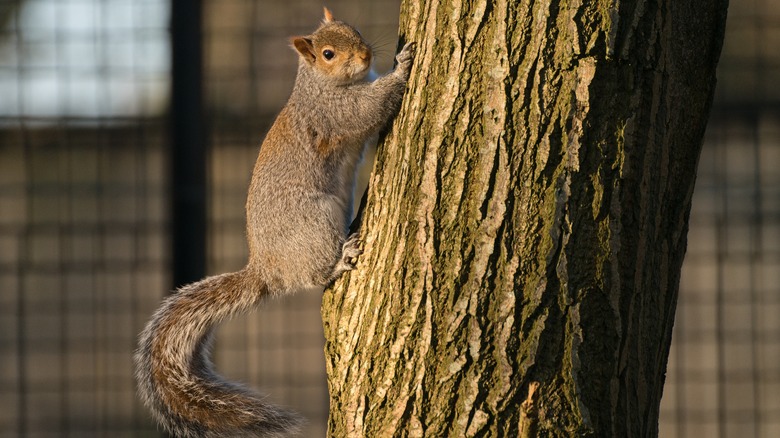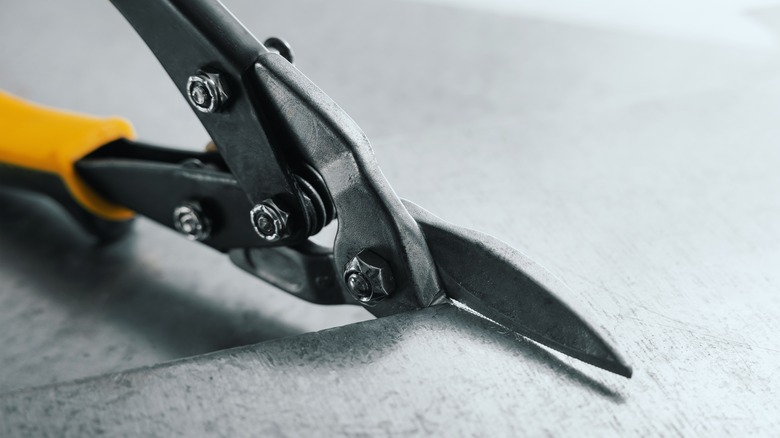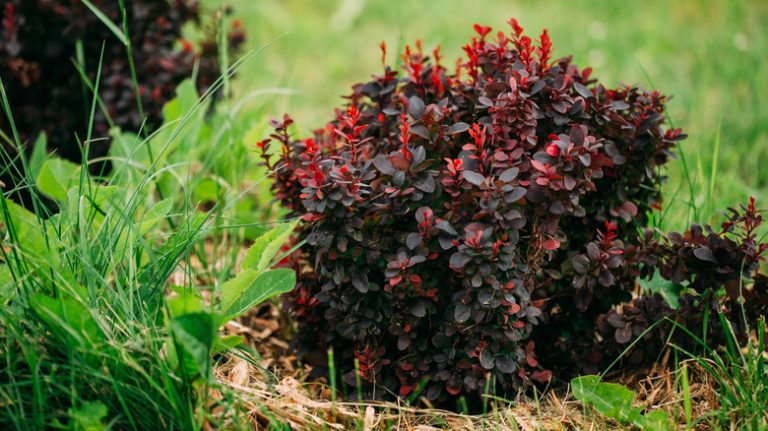Garden Trees, Shrubs & Vines
Sandy Baker
Has your neighbor planted a few new trees in their yard and then taken steps to wrap what looks like metal mesh or a piece of sheet metal around the base of the tree’s trunk? It certainly looks strange and may even have you wondering if the tree is in poor health or at risk of toppling over. These metal coverings, sometimes referred to as baffles, are not dangerous to the tree. They may not look all that attractive or add to the home’s aesthetic appeal, but they help support young or otherwise at-risk trees to avoid damage from typical climbing pests. It’s a valuable way to protect the investment of the tree itself, specifically from critters that could cause harm and shock to the tree trunk, putting it at a higher risk of death or damage.
Consider yourself as a tiny chipmunk or bigger squirrel discovering a new tree to climb and perhaps even nest in. You cannot dig in and climb easily when your paws strike the sheet metal. If there are openings on the sheet metal, which is common, those sharp edges also make it much harder for you to try to climb the tree. As a result, most pests who are on a constant mission to find shelter and food will move on to the next tree, leaving this one alone. There are numerous ways to get rid of squirrels and similar pests. This is just one of the most direct routes.
When are baffles used on trees?

omiksovsky/Shutterstock
Baffles can be used at any time, whether the tree is newly planted or if it’s been present for a long time. If you have damage to the tree from squirrels and other climbing pests, it’s worth installing a baffle. This includes harm to the bark itself. These critters can cause serious damage, called wounds, to a tree’s exterior, making it more prone to disease and early death. It may also lead to a higher risk of pest infestation.
For newer trees, damage to leaf buds, new branches, and protective bark can make it hard for the tree to develop a strong enough root system to survive. Some pests may eat away at small twigs, which can limit the growth and development of healthy branches and leaves, stunting a new tree’s growth. Squirrels and other wildlife can also confiscate all of the fruit and nuts from the tree, leaving little behind for you.
More so, they can destroy important habitats for pollinators like bees and butterflies, limiting the pollination of flowers and garden vegetables nearby. There’s no foolproof solution for getting rid of climbing pests from your trees, especially if they can jump onto it from the roof or nearby trees. However, wrapping metal around the tree could be effective at limiting their access enough to protect the tree’s growth and development.
How to use baffles to protect your trees

ronstik/Shutterstock
Most of the baffles sold in stores or online will be designed for bird feeders, a way to keep pesky critters from eating all of the bird food. If you have a new tree that is very slender, you may be able to use one of these purchased versions for your tree. They can be fashioned rather easily around a slim tree, often covering the bottom portion of the trunk. On taller trees, placing them to cover as high as 6 feet off the ground can be beneficial since squirrels can jump quite high and will not be deterred solely by the ground-level protection for long.
If commercial baffles are too small for your tree, make your own using sheet metal. You’ll need to cut pieces at least 2 feet wide and longer than the circumference of the tree to provide enough room for the tree to grow over time. Cutting metal requires care and protection of your hands and extremities, but some local lumber yards may be willing to help if you can’t do it yourself.
Wrap your baffle around the base of the tree and stack more until you reach about 6 feet up. You can fasten it to the tree with screws or nails, by wrapping it in wire if you don’t want to pierce the trunk, or simply leave it rolled around the base of the tree. If you’re still having trouble with the health of your tree, it may be time to consider calling a tree service.



